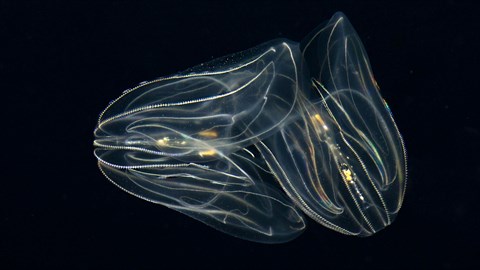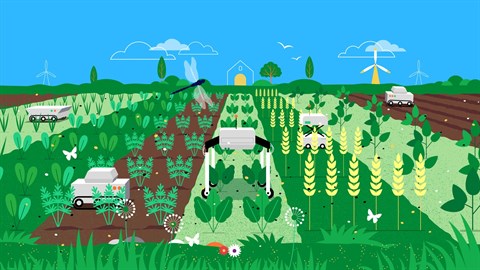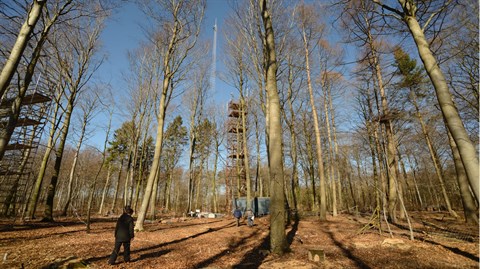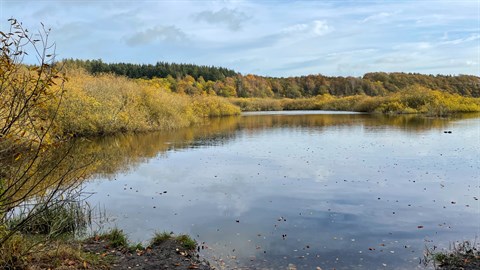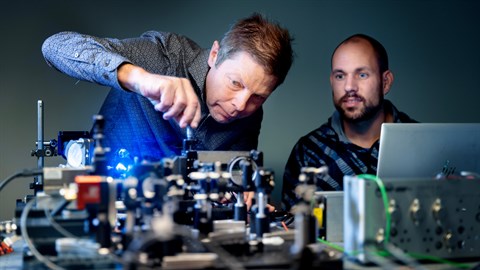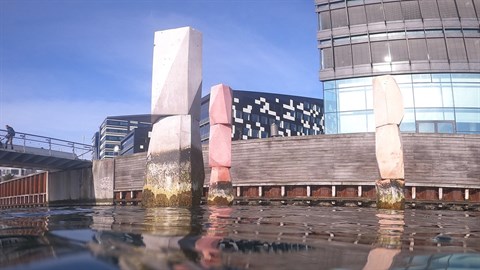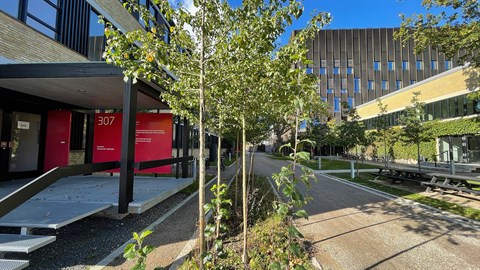Biodiversity
Biodiversity is attracting increased interest. Plant and animal species are threatened with extinction and many scientists describe the biodiversity crisis as the worst crisis to humanity. Humans are the cause—but we can also be part of the solution.
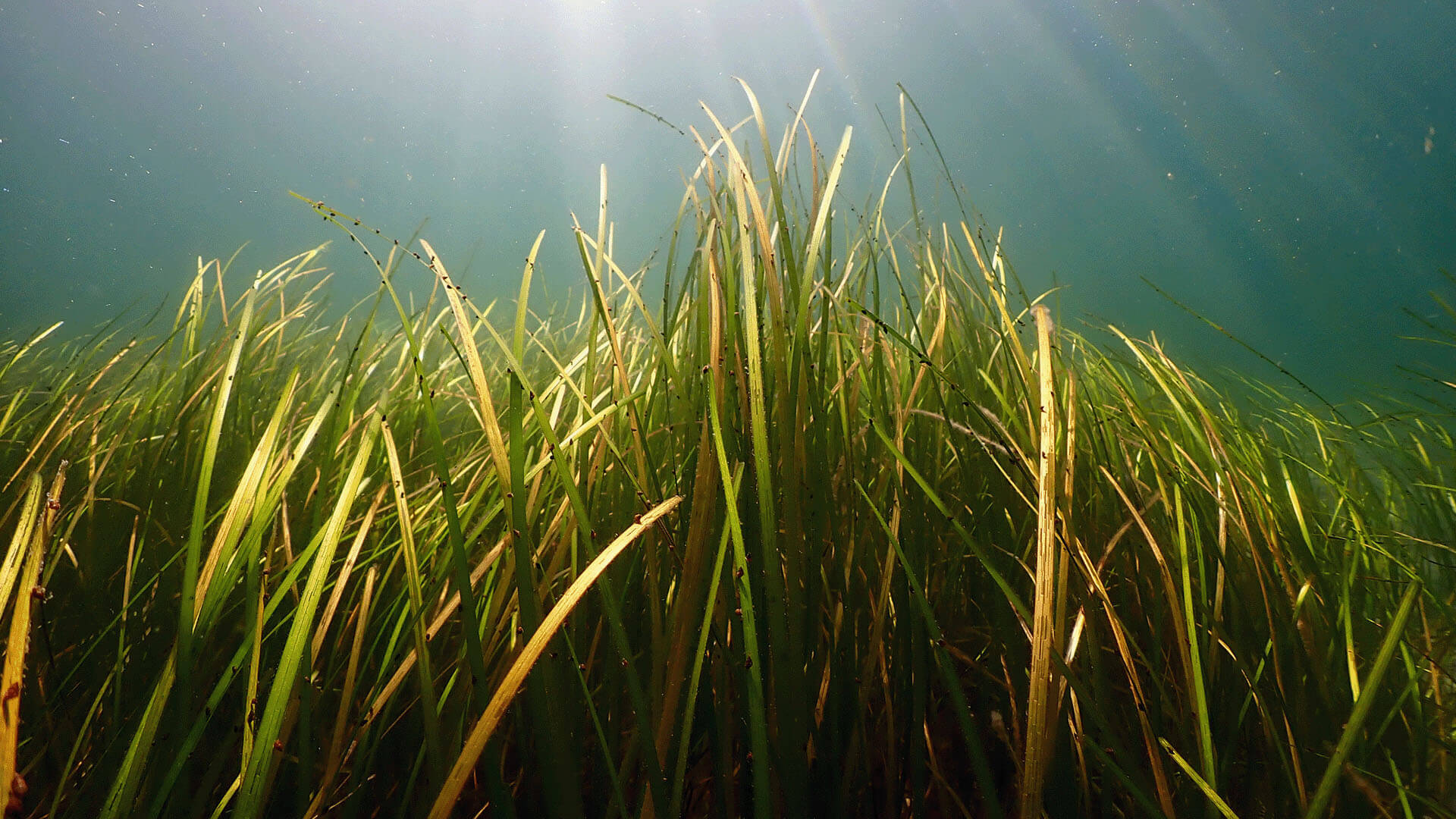
Biodiversity includes all life on earth - marine and terrestrial. This includes animals, plants, fungi, bacteria, and the ecosystems they inhabit, e.g. forests and lakes.
Biodiversity is about the variability of living organisms, including in the number of species, in their genes, in their functions, and in the ecosystems they inhabit. Biodiversity also includes the interactions that take place between species as well as between ecosystems. It is therefore a complex area.
Biodiversity is affected by human activity. Among other things, this applies to the cultivation of land and forests, as well as fishing. Furthermore, global warming and the resulting climate changes are also harming many species of plants and animals.
DTU is particularly concerned with marine biodiversity.
DTU’s researchers work on the development of technology to measure and monitor biodiversity, methods to strengthen biodiversity (e.g. nature-based solutions and nature restoration) and include biodiversity parameters in life cycle assessments (LCAs), which are used in connection with assessing the impact of new products or technologies on the environment and biodiversity.


